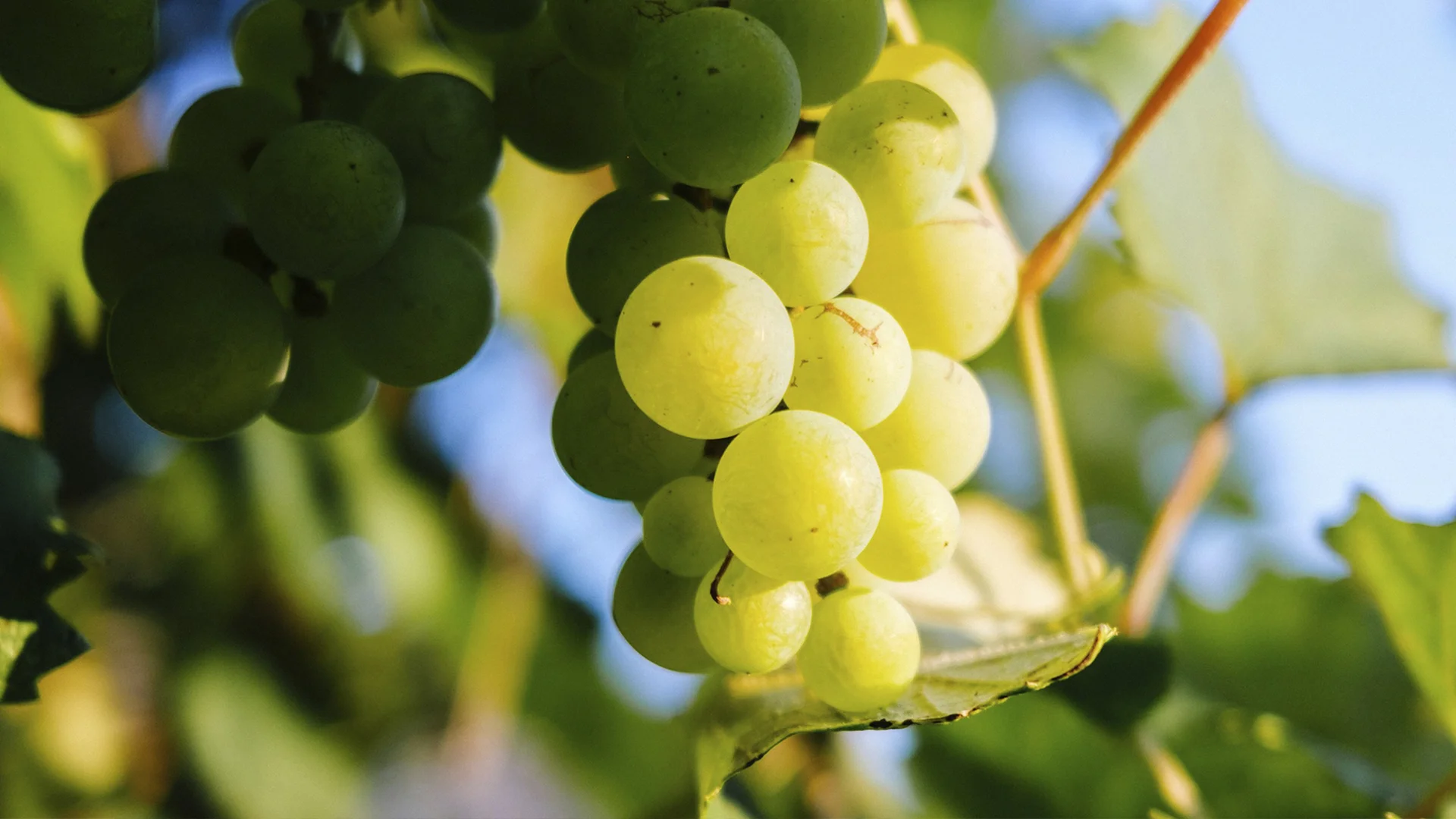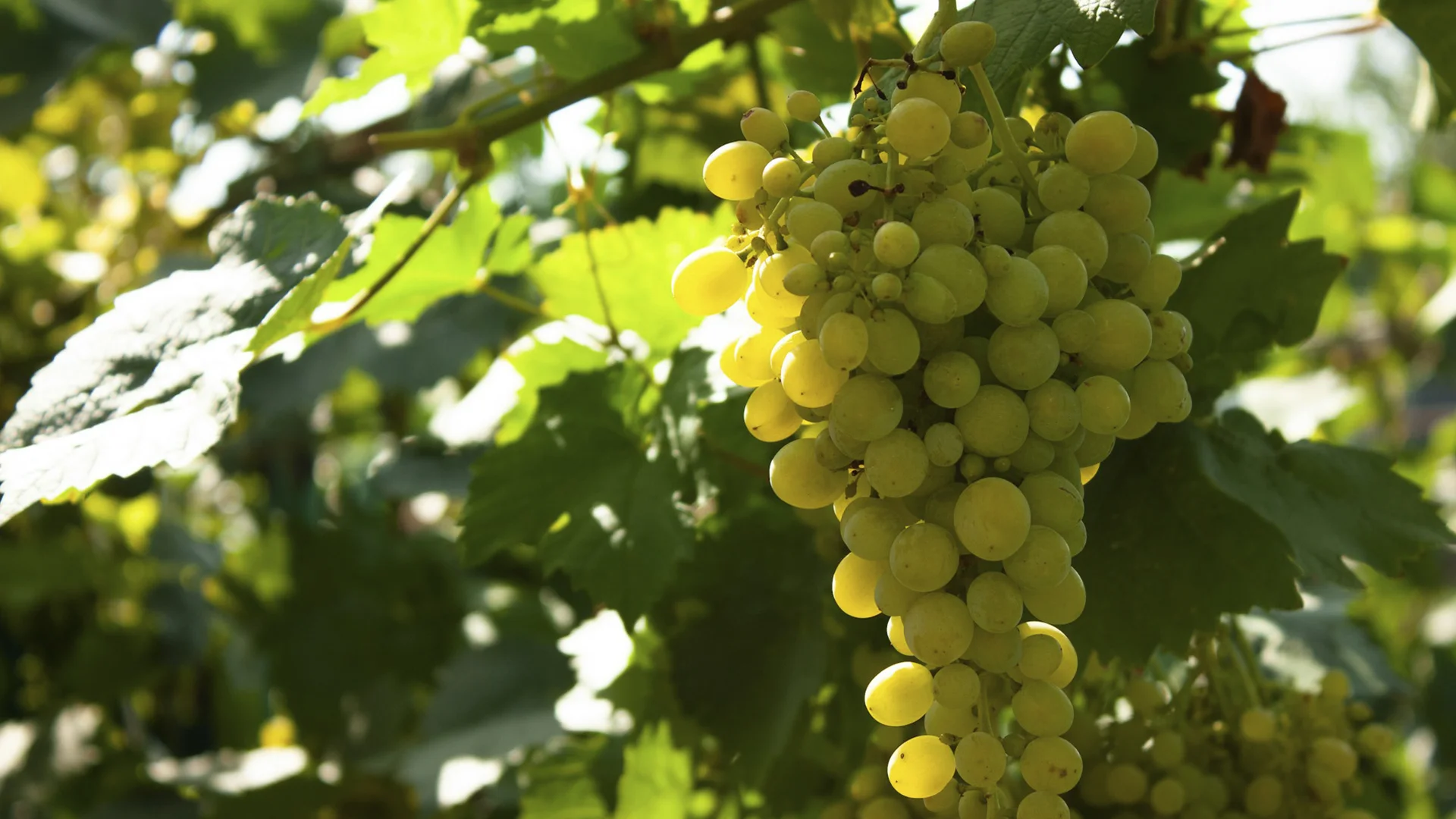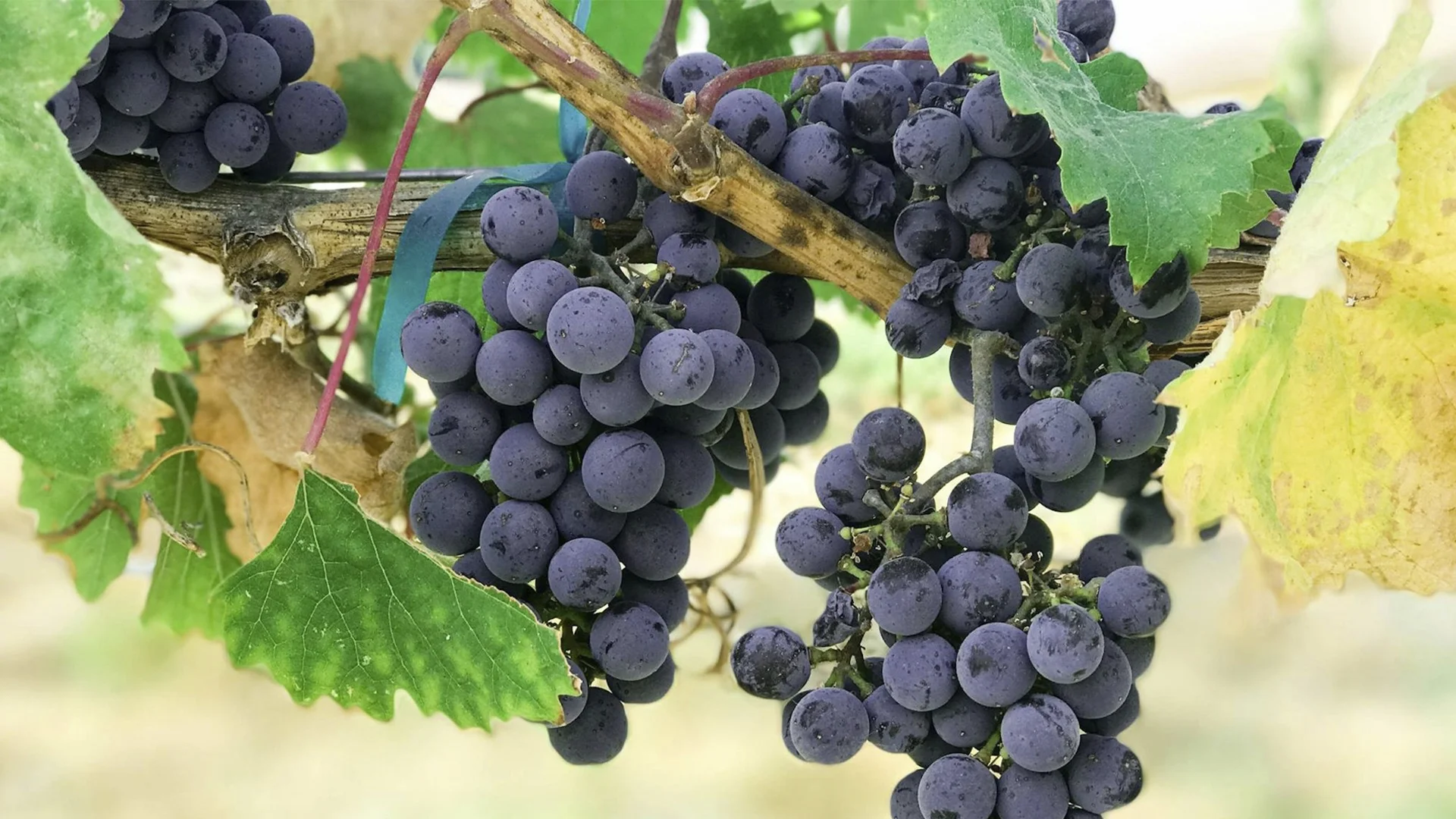
Baco Noir is a dark-skinned hybrid grape varietal known for producing deeply coloured red wines with intense fruit flavours and high acidity. Originally developed in France, Baco Noir has found its primary home in North America, especially in cooler wine-growing regions like New York, Ohio, and Ontario. Wines made from Baco Noir are typically medium- to full-bodied, with notes of dark fruit, smokiness, and a signature earthy profile.
While Baco Noir is lesser-known internationally, it has gained popularity in North American regions, where it has become a valued alternative to traditional red varietals. Its deep colour, fruit-forward profile, and adaptability make it an important grape for winemakers in cool-climate regions, providing a distinct flavour profile that is appreciated by wine enthusiasts seeking unique regional wines.
Style Versatility: Baco Noir is primarily used to produce dry red wines, but it is also suitable for rosé and, occasionally, off-dry styles. Encouraging malolactic fermentation can help mellow the wine's acidity, enhance mouthfeel, and improve the overall quality of the wine during the aging process. Its acidity and structure also lend themselves well to oak aging, which can add complexity and depth.
Aging Potential: Baco Noir has moderate aging potential, with many wines best enjoyed within 3-5 years to capture their fresh fruit character. However, higher-quality, oak-aged examples can develop additional complexity with aging.
Food Pairing Recommendations: Baco Noir’s acidity and earthy undertones make it a versatile food wine, well-suited to grilled meats, game, mushrooms, and barbecue dishes. Its smoky notes pair particularly well with smoked or charred foods, making it a popular choice for heartier fare.
Baco Noir was created in 1902 by French grape breeder François Baco through a cross between Folle Blanche, a white grape traditionally used in Cognac production, and Noah, an American grape with resistance to phylloxera. Baco Blanc, another notable hybrid grape variety, is recognized as the only hybrid permitted in a French AOC appellation, specifically Armagnac. The grape was originally cultivated in France, but Baco Noir’s suitability for cooler climates led to its popularity in North America, especially in regions where European Vitis vinifera varieties struggle to thrive.
Climate and Soil Preferences: Baco Noir thrives in cooler climates and is highly frost-resistant, making it ideal for regions with cold winters. As an early budding grape, it is susceptible to spring frosts, but this trait also contributes to its early ripening and disease resistance. It prefers well-drained soils, including sandy and loamy types, which help prevent disease and promote healthy growth.
Yield Potential and Vine Vigor: Baco Noir is a vigorous vine with medium to high yield potential. Winemakers often manage yields to enhance the concentration of flavours, as overproduction can dilute the grape’s distinctive character.
Susceptibility to Diseases and Pests: Baco Noir is relatively hardy and resistant to common vineyard pests, including phylloxera. However, it can be susceptible to fungal diseases, including powdery and downy mildews, in overly humid conditions, so proper canopy management is essential for optimal growth.
Today, Baco Noir is primarily cultivated in North America, especially in cooler winegrowing regions such as Canada’s Ontario wine region and in the northeastern United States. It is also found in small quantities in France, though it has largely been replaced by Vitis vinifera varietals in its homeland. The grape’s resilience to cold temperatures and its ability to ripen in shorter growing seasons make it well-suited to North American terroirs.
Historical Importance and Prominence: In France, Baco Noir was originally widely planted in regions like the Loire Valley and Jura, but its cultivation declined over time due to a shift toward Vitis vinifera varieties. Traditional vinifera varieties often struggle in cooler climates, making hybrid varieties like Baco Noir more suitable for these regions. While it is rarely grown in France today, it was once valued for its resilience and ability to grow in challenging conditions.
Key Wine-Producing Regions: Historically, Baco Noir was grown in areas like the Loire Valley, where its hardy nature was appreciated, especially in cooler or wetter climates.
Stylistic Variations and Quality Levels: French Baco Noir was traditionally produced in rustic, earthy styles, with a focus on simplicity and food-friendliness. These wines had less fruit-forward characteristics compared to their North American counterparts, with an emphasis on acidity and earthy notes.
Cultivation in the United States and Canada: Baco Noir has found a prominent place in North America, especially in Ontario (Canada) and New York (United States), where it is valued for its adaptability to cold climates. Baco Noir vines, a hybrid grape developed to withstand phylloxera, are popular in these regions due to their hardiness, high yields and suitability for vineyards around the Great Lakes. Ohio and Michigan also have smaller plantings.
Unique Characteristics and Expressions: North American Baco Noir wines are often more fruit-driven than French examples, showcasing ripe berry flavours, smoky undertones, and sometimes hints of vanilla or chocolate from oak aging. Unlike other Vitis riparia varieties, Baco Noir does not exhibit 'foxy' aromas, instead offering rich fruit tones like blueberry and plum. Ontario Baco Noir, particularly from Niagara Peninsula, tends to be more complex, with concentrated flavours and balanced acidity.
Comparison with French Baco Noir: Compared to the more rustic French versions, North American Baco Noir wines generally have a riper, more robust profile, with greater emphasis on dark fruit flavours. They also tend to be more structured, with winemakers experimenting with oak aging to enhance body and complexity.
Climate Change and Adaptation Strategies: As climate change affects traditional wine regions, interest in cold-hardy hybrids like Baco Noir is increasing, especially in cooler regions with short growing seasons. Its resilience to frost and disease makes it a promising candidate for areas impacted by changing weather patterns. Wine quality is influenced by factors such as vine balance, high acidity, and the impact of over-cropping, with fully ripened grapes before the onset of cool weather being crucial.
New Winemaking Techniques and Technologies: Winemakers are experimenting with extended aging, wild fermentation, and small-batch production to add layers of complexity to Baco Noir. There is also interest in creating rosé styles and low-intervention, natural wines to appeal to a broader audience.
Consumer Preferences and Market Trends: With growing interest in unique and regionally specific wines, Baco Noir is well-positioned to attract consumers seeking lesser-known varietals. Its approachable flavour profile and adaptability to diverse winemaking styles make it an attractive option for a range of wine enthusiasts.
High-Quality Examples: High-quality Baco Noir wines are produced by winemakers focused on low yields and meticulous vineyard management. These wines are known for their exceptional taste and smooth flavour profile, making them a great wine choice. Ontario’s Niagara Peninsula produces some of the finest examples, with intense dark fruit flavours and balanced acidity.
Tasting Notes: Iconic Baco Noir wines often exhibit aromas of blackberry, plum, and black cherry, with smoky and earthy undertones. Oak-aged versions can show additional layers of spice, vanilla, and chocolate, providing a fuller mouthfeel and a smooth, lingering finish.
Baco Noir is a unique and resilient grape varietal with a rich history and a bright future, especially in North America. Known for its intense fruit flavours, high acidity, and adaptability to cool climates, Baco Noir offers a distinctive and approachable wine experience. As consumer interest in hybrid varietals and regional wines grows, Baco Noir is poised to gain further recognition, with new opportunities for cultivation and appreciation worldwide.





























































































.webp)

.webp)





Are you interested in
collaborating with us?